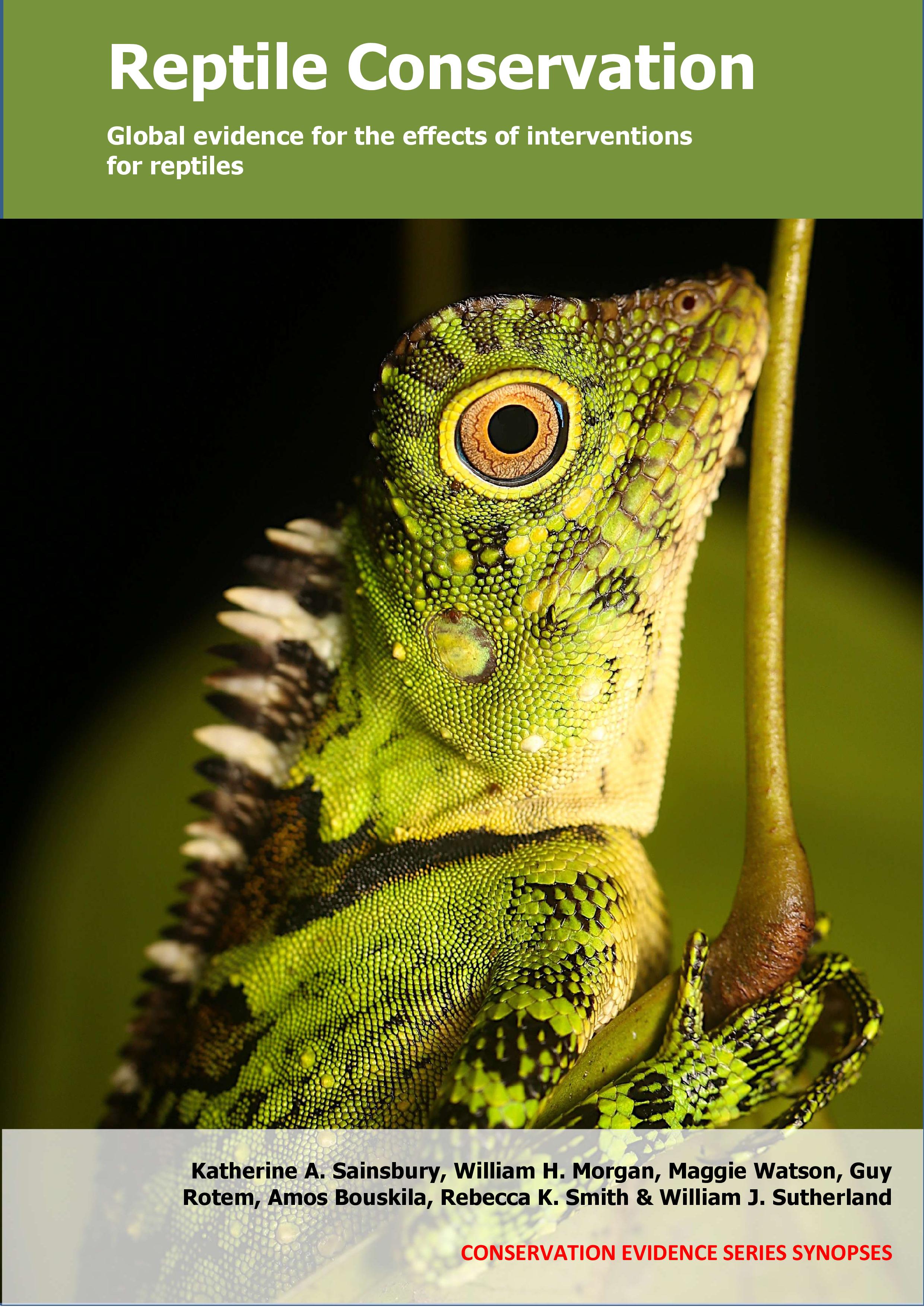Protect nests and nesting sites from predation using conditioned taste aversion
-
Overall effectiveness category Awaiting assessment
-
Number of studies: 1
View assessment score
Hide assessment score
How is the evidence assessed?
-
Effectiveness
not assessed -
Certainty
not assessed -
Harms
not assessed
Study locations
Supporting evidence from individual studies
A replicated, randomized, controlled, before-and-after study in 1993–1994 on a long sandy beach in Florida, USA (Ratnaswamy et al. 1997) found that conditioned taste aversion using artificial nests with unpalatable eggs did not reduce predation of loggerhead turtle Caretta caretta nests compared to areas where no taste aversion was attempted. The number of nests predated in areas with taste aversion were similar (46% and 36 % of 246 and 390 nests) to the number of nests predated with no treatment (31% and 24% of 231 and 379 nests). Additional nests in the taste aversion area that were also covered with a wire screen were predated less than nests receiving just taste aversion (16% and 12% of 531 and 720 nests), but a similar amount to nests receiving no treatment. Consumption of artificial nests were statistically similar before (42–70% of eggs eaten), during (50–60%) and after (67–70%) taste aversion treatment. In 1993–1994, a long stretch of barrier beach (37 km) was broken down into four experimental blocks, and around 2.5 km of each selected for conditioned taste aversion. Nests in the remainder of the block either received no treatment or were part of further tests of the effect of nest screening or raccoon Procyon lotor removal. Fifteen artificial nests were placed in each taste aversion area consisting of 10–15 chicken eggs placed on the sand surface. Egg consumption was monitored during a pre-treatment phase (8 nights, untreated eggs), a treatment phase (8–9 night, eggs injected with 10 mg oral oestrogen) and a post-treatment phase (5 nights, untreated eggs), with eggs replaced daily. Turtle nests were monitored 2–4 times/month in 1993 and 2–3 times/week in 1994.
Study and other actions tested
Where has this evidence come from?
List of journals searched by synopsis
All the journals searched for all synopses
This Action forms part of the Action Synopsis:
Reptile Conservation
Reptile Conservation - Published 2021
Reptile synopsis





)_2023.JPG)














